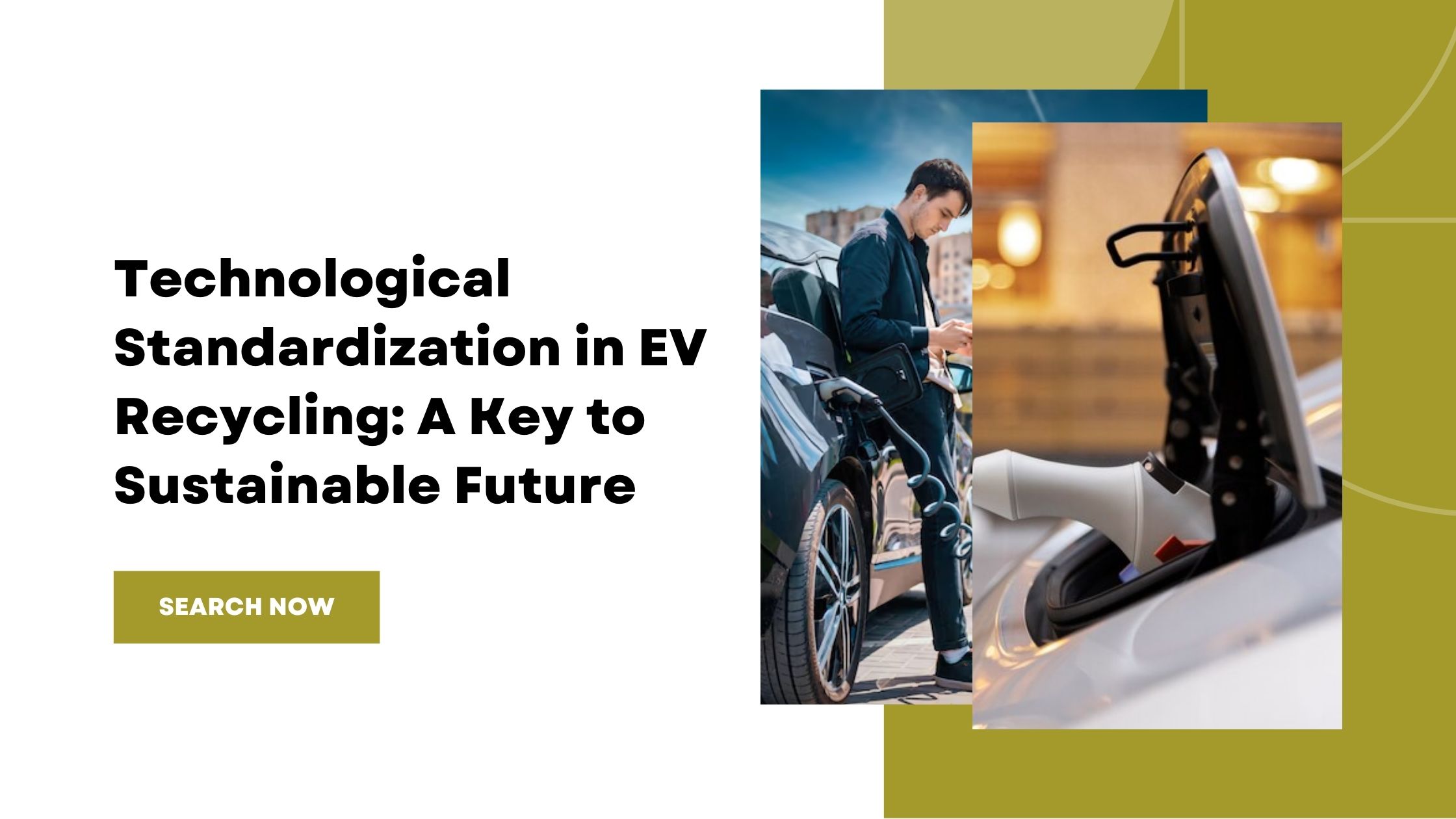Sustainable Investing vs. Traditional Investing: Key Differences in 2025

Strong 8k brings an ultra-HD IPTV experience to your living room and your pocket.
In today’s rapidly changing financial landscape, sustainable investing is no longer just a buzzword—it's becoming a foundational strategy for investors around the globe. As climate concerns, social justice, and corporate governance gain traction, investors are re-evaluating what it means to grow wealth responsibly. But how does sustainable investing differ from traditional investing? And why does it matter in 2025?
This blog explores the key differences, global trends, and real-world examples. It also highlights the upcoming 2nd Annual World ESG and Climate Summit, a pivotal event shaping the future of ethical finance.
What Is Sustainable Investing?
Sustainable investing involves selecting investments based on both financial performance and environmental, social, and governance (ESG) factors. Investors aim to generate long-term returns while minimizing harm to people and the planet.
Key Differences Between Sustainable and Traditional Investing
1. Investment Focus
Traditional investing aims purely for financial returns.
Sustainable investing considers how companies impact the environment, employees, communities, and governance structures, alongside profits.
2. Risk Management
Traditional investing focuses on market volatility, inflation, and interest rate changes.
Sustainable investing also evaluates non-financial risks such as climate change, regulatory penalties, and reputational damage.
3. Selection Criteria
Traditional investing looks at balance sheets, earnings reports, and growth potential.
Sustainable investing includes ESG scores, carbon emissions, diversity in leadership, and ethical supply chains.
4. Impact Goals
Traditional portfolios might invest in fossil fuels, tobacco, or arms manufacturers if returns are favorable.
Sustainable investors avoid harmful industries and favor clean energy, health care, or social impact sectors.
Case Study: Norway’s Government Pension Fund
Norway’s sovereign wealth fund, one of the world’s largest, has shifted billions into sustainable investing strategies. In 2024, it divested from companies with high carbon footprints and invested heavily in green bonds. The result? A 7.5% increase in long-term returns and improved ESG rankings.
Benefits of Sustainable Investing
Stronger long-term returns: According to Morningstar (2025), 64% of sustainable funds outperformed traditional ones over five years.
Lower volatility: ESG-focused companies often manage risks better and are more resilient in market downturns.
Investor alignment: Over 70% of millennials now consider ESG factors essential in their portfolios.
The Role of ESG in Global Markets
In 2025, sustainable investing is a key trend shaping international finance. Regulatory bodies like the European Union are requiring ESG disclosures, and investors are demanding transparency. Markets are shifting away from companies that ignore sustainability.
Event Spotlight – 2nd Annual World ESG and Climate Summit
The 2nd Annual World ESG and Climate Summit is a premier platform bringing together leaders from investment firms, ESG advisory groups, and regulatory bodies. The summit focuses on integrating ESG into mainstream finance and improving sustainability reporting.
Highlights Include:
Panels on ESG data quality and greenwashing prevention
Keynotes from major institutional investors
Workshops on climate risk disclosure and investment strategy realignment
Networking with sustainability pioneers from across the globe
The summit empowers stakeholders to make more informed, sustainable investing choices.
Statistics That Show the Rise of Sustainable Investing
$53 trillion in global assets are expected to be managed under ESG mandates by the end of 2025 (Bloomberg).
81% of institutional investors now have dedicated ESG teams (PwC, 2024).
42% of asset owners plan to increase their allocations to sustainable investing by 2026 (BlackRock ESG Outlook).
FAQs on Sustainable Investing
Q1: Can sustainable investing offer competitive returns?
A: Yes. Many ESG-aligned funds have matched or exceeded traditional market benchmarks over recent years.
Q2: What types of companies are ideal for sustainable investing?
A: Renewable energy, ethical consumer brands, clean tech, and companies with strong governance and diversity.
Q3: Is sustainable investing only for institutional investors?
A: No. Many online platforms now offer ESG ETFs and mutual funds suitable for individual investors.
Q4: How can I start sustainable investing?
A: Research ESG-focused funds, speak with a financial advisor, or attend events like the ESG and Climate Summit to build your knowledge.
Final Thoughts
In 2025, sustainable investing is more than a trend—it’s a reflection of evolving values in finance. While traditional investing will always play a role, ESG strategies are gaining the edge in terms of long-term value, risk management, and ethical alignment.
Attending events like the World ESG and Climate Summit provides investors, businesses, and policymakers with the tools they need to transition toward a greener, fairer financial future.
Note: IndiBlogHub features both user-submitted and editorial content. We do not verify third-party contributions. Read our Disclaimer and Privacy Policyfor details.







